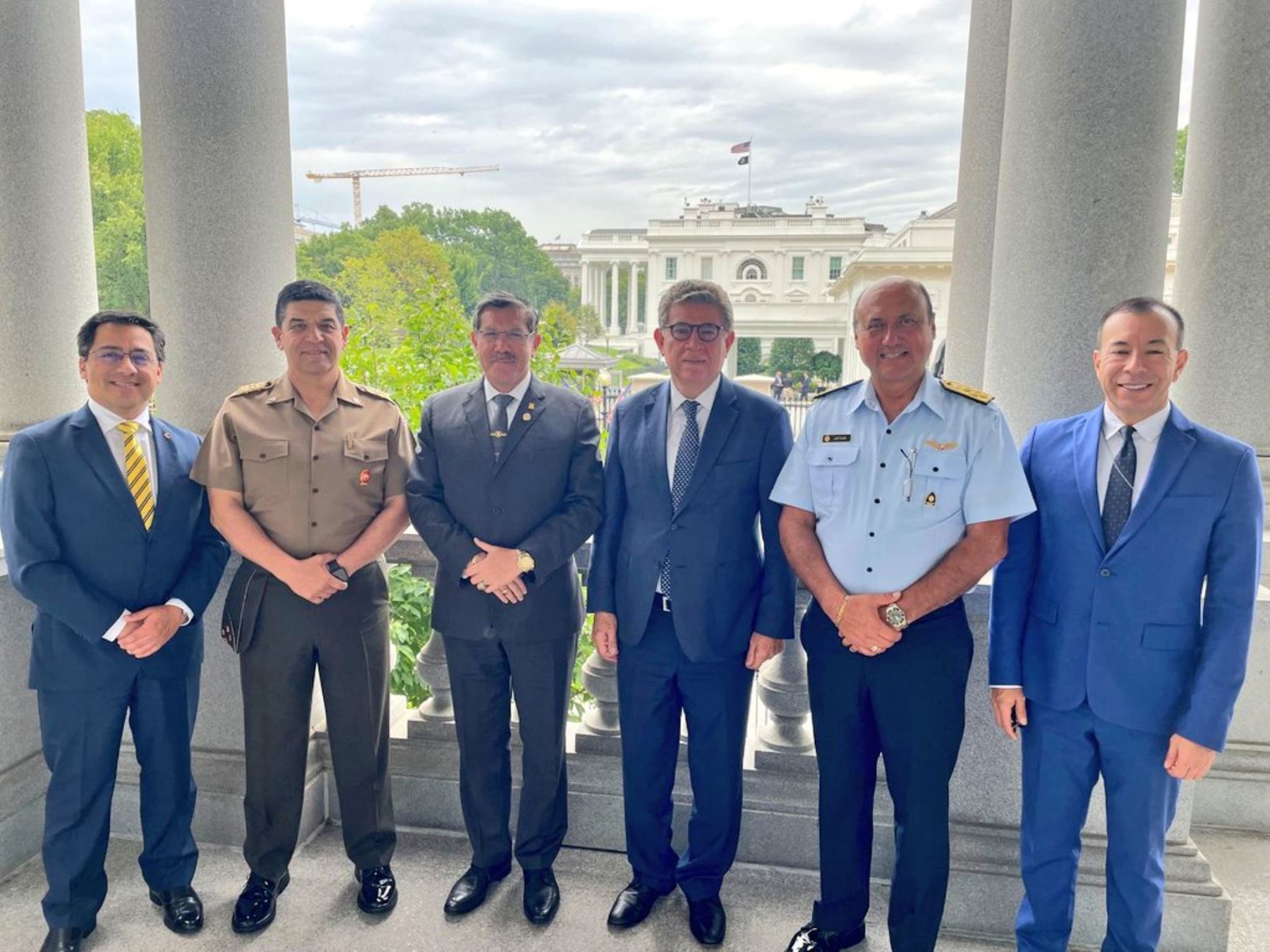
LIMA, Aug 13 (NNN-ANDINA) — Two decades after the blockade imposed by the United States on Peru for the interdiction of aircraft suspected of drug trafficking activities, Prime Minister Alberto Otarola on Saturday confirmed that both countries reached a virtual agreement to lift said veto.
This important achievement is the outcome of intense and lengthy negotiations between the two governments, which concluded within the framework of the visit made by Defense Minister Jorge Chavez Cresta to the United States.
The historic understanding will allow Peru’s Air Force to once again receive cooperation from the United States in terms of radars, aircraft, budget, equipment, and training for interdiction activities against said aircraft.
Chavez addressed this issue during the meetings he held with Special Assistant to the U.S. President and National Security Council Senior Director for the Western Hemisphere, Juan Gonzalez; as well as with Deputy Assistant Secretary in the Bureau of Western Hemisphere Affairs, Mark Wells; and Deputy Assistant Secretary of Defense for the Western Hemisphere Daniel Erikson.
During the announcement, Chavez was joined by the Peruvian delegation composed of Joint Command of the Armed Forces Chief, Army General Manuel Gomez de La Torre; Air Force Commander, General Alfonso Artadi; and Peruvian Ambassador to the U.S. Gustavo Meza-Cuadra.
It should be noted that the negotiations relied on the important leadership of the Ministries of Foreign Affairs and Defense, as well as the participation of the Ministries of Transportation-Communications and Interior.
As is known, interdiction activities supported by the United States were interrupted in 2001 due to the accidental shooting down of a civil aircraft carrying American missionaries. They were allowed to resume later in 2005.
However, U.S. cooperation was once again suspended as a result of the approval of Law No. 30339, promoted by a Peruvian congressman, which led to the United States Government to once again restrict all air interdiction assistance to Peru.
The understanding reached represents a watershed in terms of cooperation between the United States and Peru to effectively combat the transportation of drugs through aircraft that enter and operate illegally in Peruvian airspace, especially in the Valley of the Apurimac, Ene, and Mantaro Rivers (Vraem) and Putumayo zones.
Thus, two decades come to an end during which the control of Peruvian airspace in terms of interdiction was carried out in a very limited manner due to equipment, budget, and intelligence problems.
To this, the logistical blockade of U.S.-origin components used by the Peruvian Air Force in its aircraft, radars, and others was added —a situation that caused their inoperability and a series of difficulties in the fight against illicit drug trafficking.
The understanding —which should be formalized in the coming days— will allow the United States to provide our country not only with radars but also with intelligence, financing, communications, maintenance, training, as well as logistical, technical, and administrative support, which will decisively strengthen the Peruvian Government’s actions against illicit drug trafficking. — NNN-ANDINA
